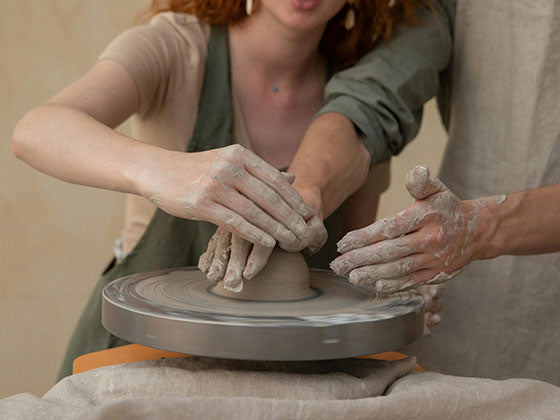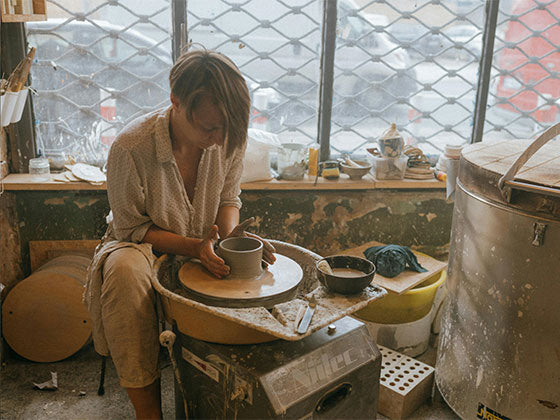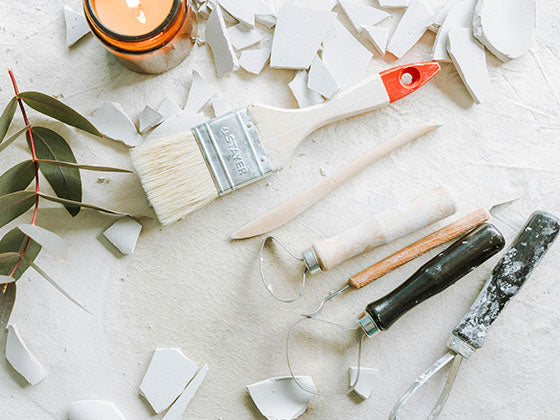
Stubai Tools
Regardless of if you are an absolute beginner or a professional wood carver, the one thing you will need are quality made wood carving tools. Stubai tools are known for their exceptional quality an...
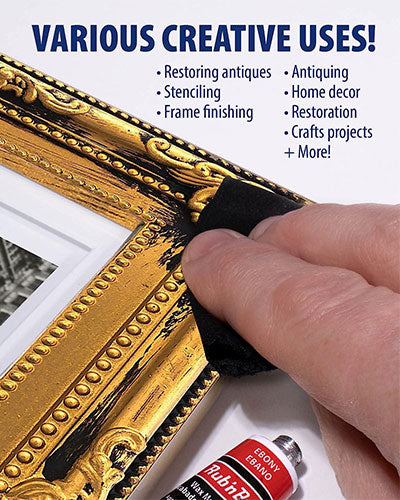
What is Amaco Rub ‘n Buff?
Amaco Rub ‘n Buff is “Formulated from Carnauba waxes, fine metallic powders, and select pigments for a finish no paint can duplicate.”
What truly makes Rub ‘n Buff unique if you want to create a me...

Tiranti Resins and their uses
Tiranti has always been well known for its resins, and the cold casting process was developed by John Tiranti back in the 1950’s. Today we sell a range of resin and associated products for all form...
Silicones – our range, their differences and uses.
Broadly speaking, there are two main categories of RTV (room temperature vulcanization) silicone that can be used for making a mould or cast: • Condensation cure – catalysed using tin salts. • Ad...
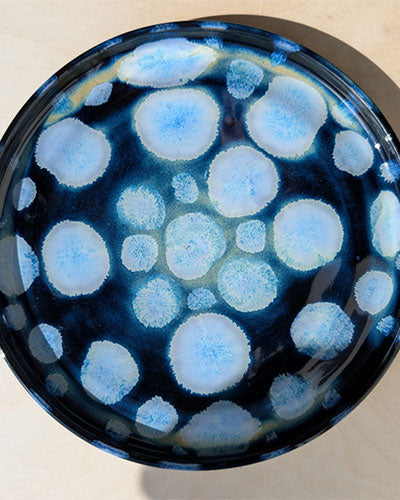
Hot Running Chowder Glaze Effect Alternatives
Spectrum's Hot Running Chowder Stoneware Brush-On Glaze has been gaining significant popularity, inspiring potters to experiment with glaze effects that mimic pools of water. Due to its high demand...
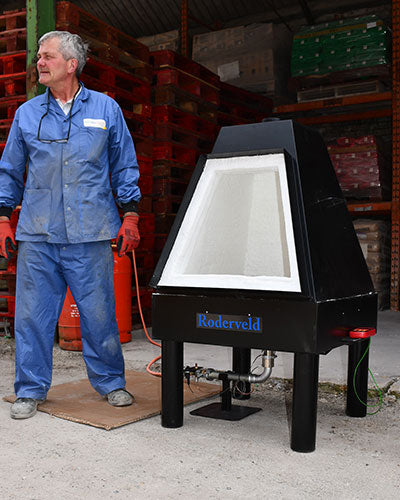
The Great Pottery Throw Down - Raku Firing!
Were you blown away by the creations made by the potters this week on The Great Pottery Throw Down using the firing technique of raku?
Did you know they were using our Roderveld Raku Pyramid Kilns?...
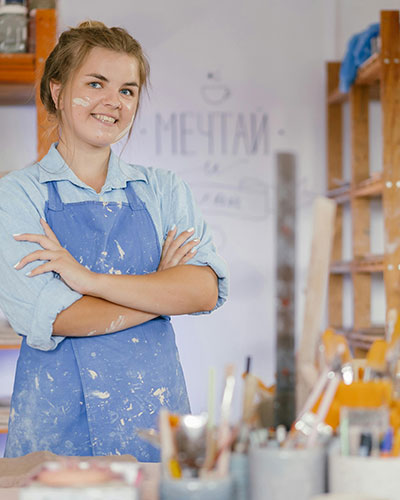
New Year Studio Refresh! A short guide of things to consider this month in your studio!
It will have been a busy few months on the run up to Christmas and we hope you have had a very nice break!
We would recommend that you have a look around your studio and do a little maintenance thi...
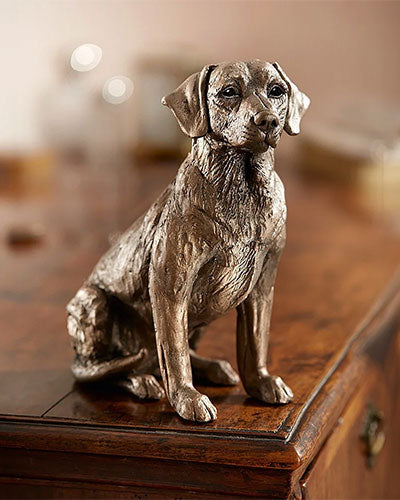
Cold Cast Bronze: Artistic Material for use in Sculptures
Bronze Resin sculpture also known as “cold cast bronze” or bonded bronze, is made of real bronze powder, mixed with resin, used for making sculptures and other artistic creations. This material all...
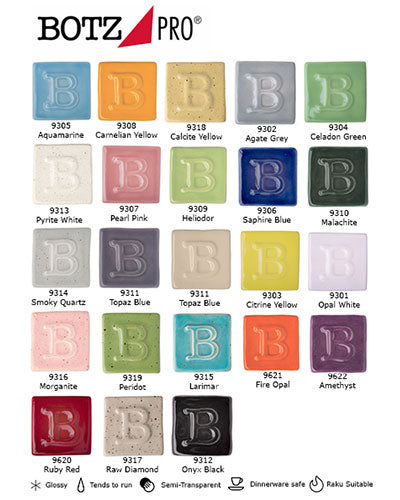
Botz Pro Glazes 1 Glaze. 3 Options
Different Temp = Different Results
at 1050°C: very colourful and almost opaque. Apply 2-3 coats. at 1150°C: still Vibrant in colour with a semi-transparent surface. Apply 2 coats. at 1250°C: gla...
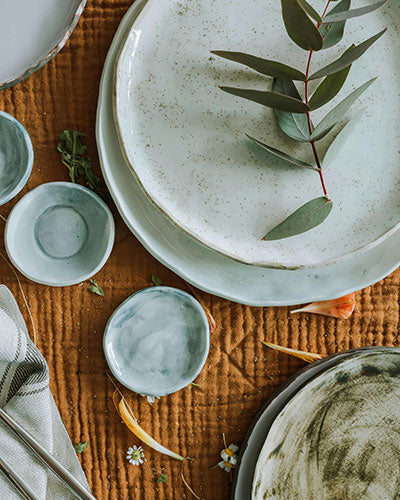
Understanding “Food Safe” Glazes and Dinnerware Suitability
When it comes to glazes and their suitability for dinnerware, there are essential factors to keep in mind. Some glazes have been specifically designated as “food safe” or suitable for dinnerware us...

